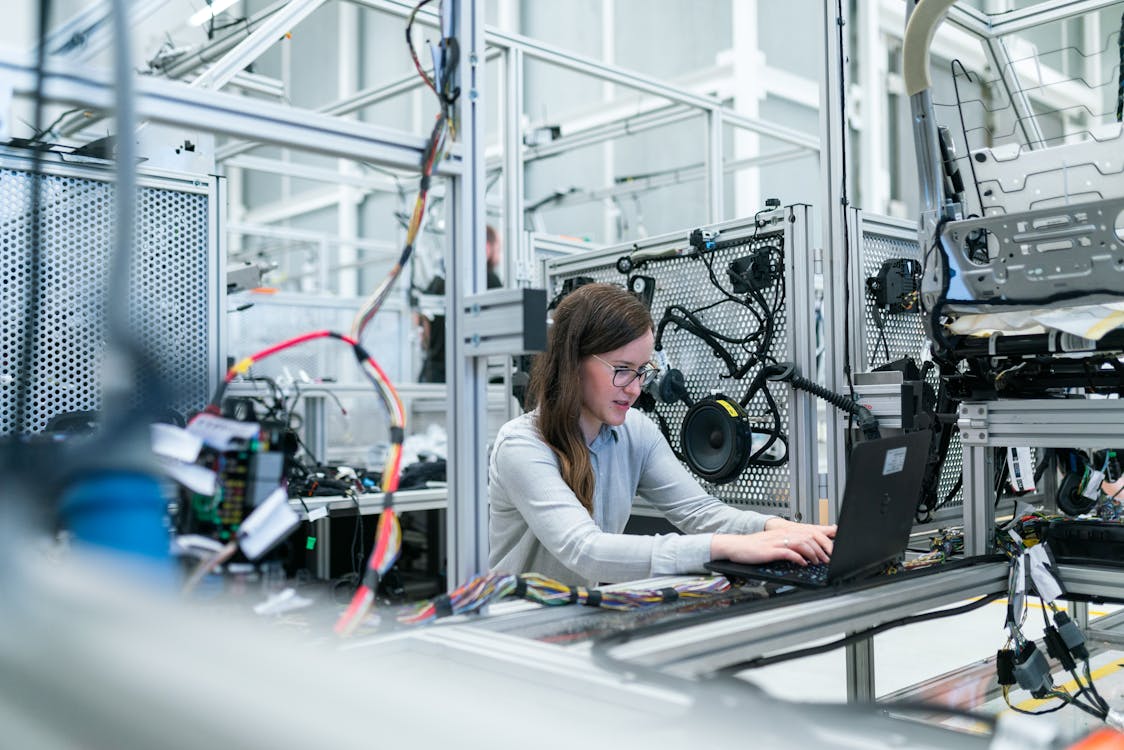23 Jun IT Trends of 2021 and Beyond
What technological changes will impact your organization?

Rapid technological growth is nothing new to the world of IT. But as improvements are made in every sector, the amount of tools at our disposal – professional and otherwise – is impressive. But, what technology is best for your enterprise? Introducing various new software/hardware into your business model might sound like a good idea, but it actually creates layers of complexity. Therefore, keeping an eye on trends is a good way to measure what you’ll use (or won’t). Too much, in the long run, ultimately hurts an enterprise more than it helps.
At Bytagig we’ve taken a glance at different sources discussing IT trends, which we’ll highlight.
Automation with AI and RPA
Automated technology, services, and software will see larger implementation to help reduce redundant processes. The idea is cut through repetitious, time consuming tasks and handle the downpour of data organizations are dealing with. For example, RPA (robotic process automation) can be utilized to answer emails.
AI can also be used to analyze and create data reports, based on parameters set by the user(s).
Naturally, there is concern about replacing human jobs and how will it impact said job market. The goal is to alter and introduce new jobs in relation to both AI and RPA.
Machine Learning
Speaking of AI, machine learning is set to play a larger role in modern infrastructure. With the implementation of cloud and “smart” technology, machine learning is a service many organizations will take advantage of.
Combined with AI, ML will play a part in analytics and behavioral monitoring. The goal is to increase efficiency in businesses.
Approach of VR and AR
Virtual reality and augmented reality currently sit in a fairly niche place. VR has grown in the entertainment sector, specifically with games media. Numerous games and software take advantage of the current technology, capable of transporting users to an immersive experience.
AR also finds a home with mobile technology, providing a new way to “interact” with one’s surroundings using their device. While mass adoption and implementation is a long ways off, their growth is hard to ignore.
In different environments, for instance, VR has a wide possibility of applications. Training scenarios could be fully implemented in VR worlds, in every industry where manual training is needed. Think of a medical environment and practicing surgery in a digital space, creating an efficient way to train practitioners.
AR could find use too by presenting new levels of accessible business data (or any info) on wearables/mobile devices. How they advance remains to be seen.
Utilization of IoT
The Internet of Things has seen use over the past several years. But with the increase of AI and ML as we mentioned earlier, it’s application is expected to grow in use. For one thing, it’s because there are more available devices with network compatibility than ever, aka smart devices. Network connectivity, then, will continue to push the advancement and application of the IoT.
In a personal setting, IoT sees a wide variety of uses, such as with security with smart locks/cameras. In business, IoT works great for additional analytical tools. Said tools can improve efficiency within the enterprise space, such as speeding along workflows, improving customer services, and supply management.
IoT is expected to be a “natural” part of the technological world in the coming decade.
Use of Blockchain
With the rise of technology and automation, so too will the demand for security. Blockchain will fit in the overall cybersecurity dynamic, encrypting and sharing all sorts of data. Blockchain is associated with cryptocurrency, typically, but is useable outside of things like Bitcoin.
Growing Demand for Cybersecurity
To say demand for cybersecurity experts, training, and strategies is “growing” might be an understatement. With the surge of cyber attacks during and after the COVID-19 pandemic, a clear fault line in security readiness tore through numerous businesses and organizations. Ransomware and social engineering schemes have hit everything from government agencies to Fortune 500 companies. Even infrastructure isn’t excused from dangerous attacks.
Therefore, with a rapid and growing reliance on new technology, demand for cybersecurity will continue to explode.
Share this post:

Sorry, the comment form is closed at this time.